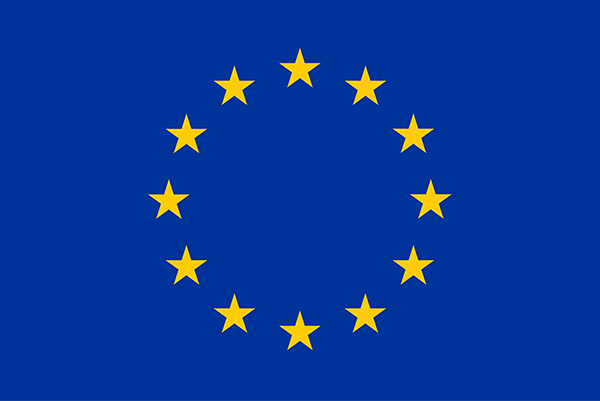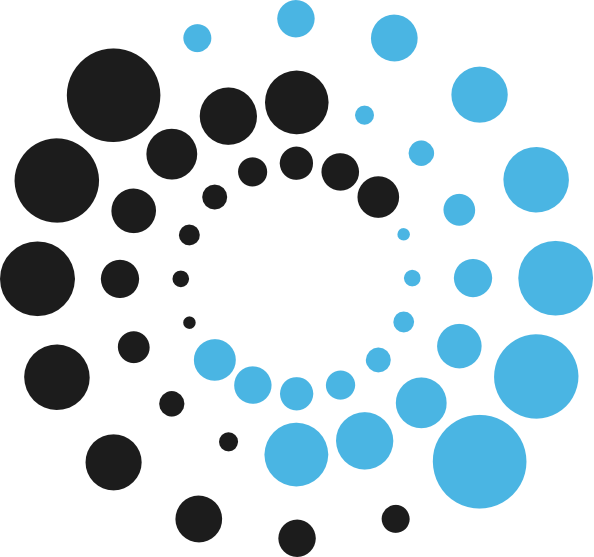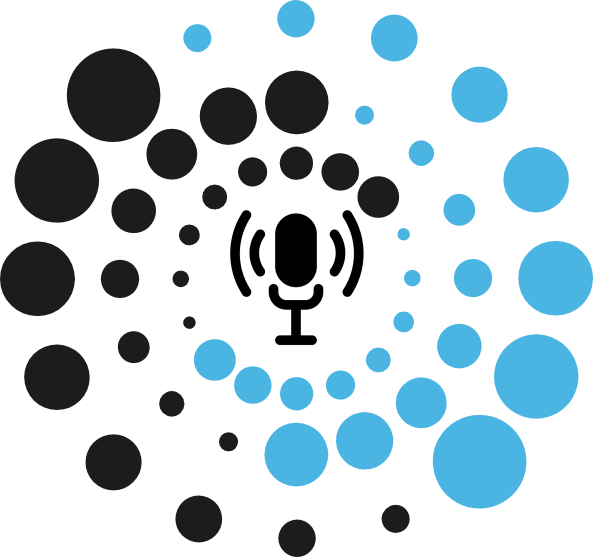A bill on cyber security, telecommunication privacy issues and personal data has been submitted to the Greek parliament. In particular, the bill aims at “ensuring the necessary balance between privacy protection and national security, within the constitutional frame and in the foundation of the best international policies.” Additionally, the bill strengthens the “citizen’s rights against the threats that are connected to the technological evolution”.
The bill in question deals with issues of counter surveillance with the use of right tools, the foundation of Information Academy and counterintelligence and the setting of a stricter privacy frame. A major part of the bill though is about cybersecurity and the enforcement of the privacy protection. A coordination committee is assembled with the task of breaking down of the related structures. A Unified Reporting Center for Cybersecurity is running in the ministry of Digital Governance. Also, for the first time, a National Plan for Valuation of Technology and Communication Systems hazard levels is structured. It is used for recognition, analysis and valuation of the hazards and their repercussions on the safety of the national technology, information and communication systems. Prior ambiguities in the embedding of this frame for privacy protection were lifted. The ministry of Justice embodies in this bill, a number of suggestions that were made during its consultation and further improvements were made. A number of amendments were carried out and they are outlined below:
Continue reading




